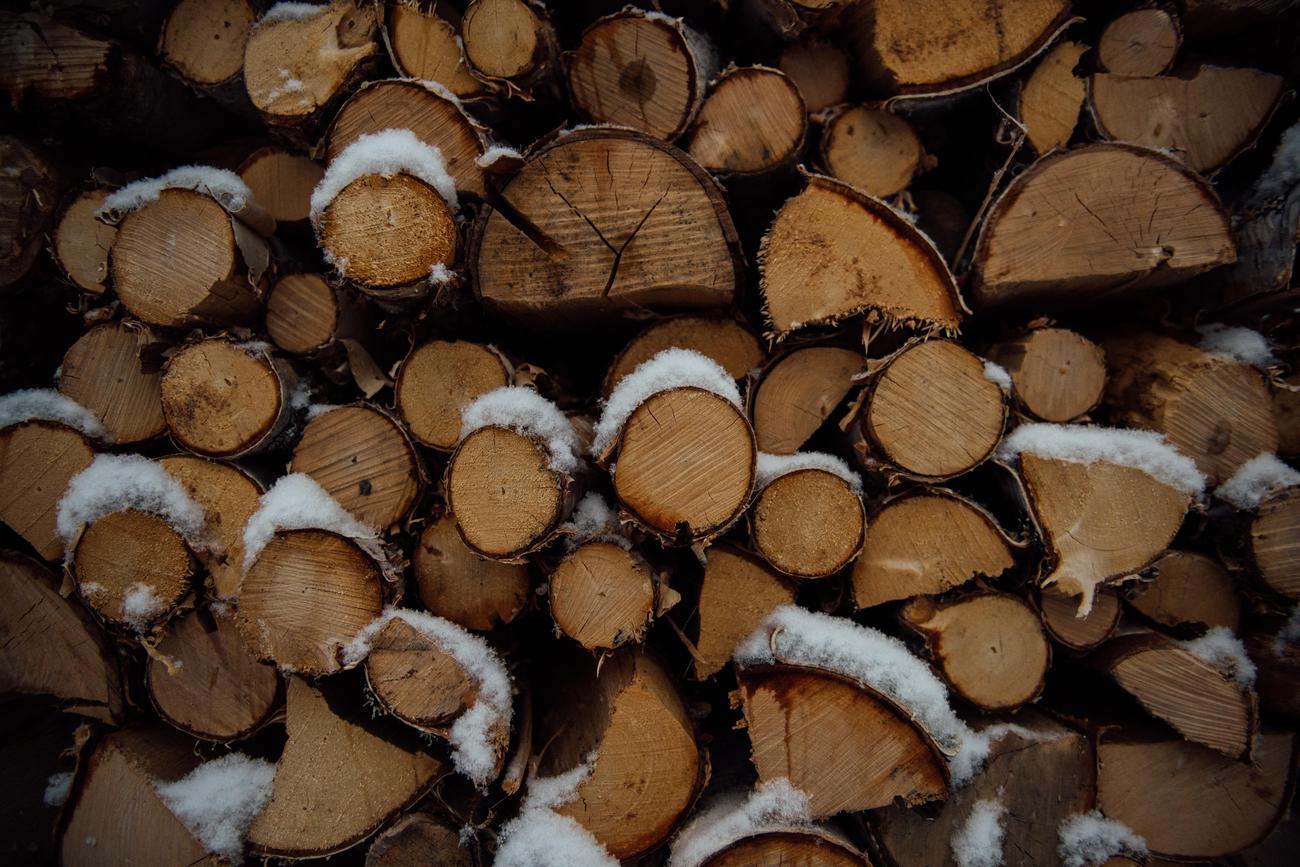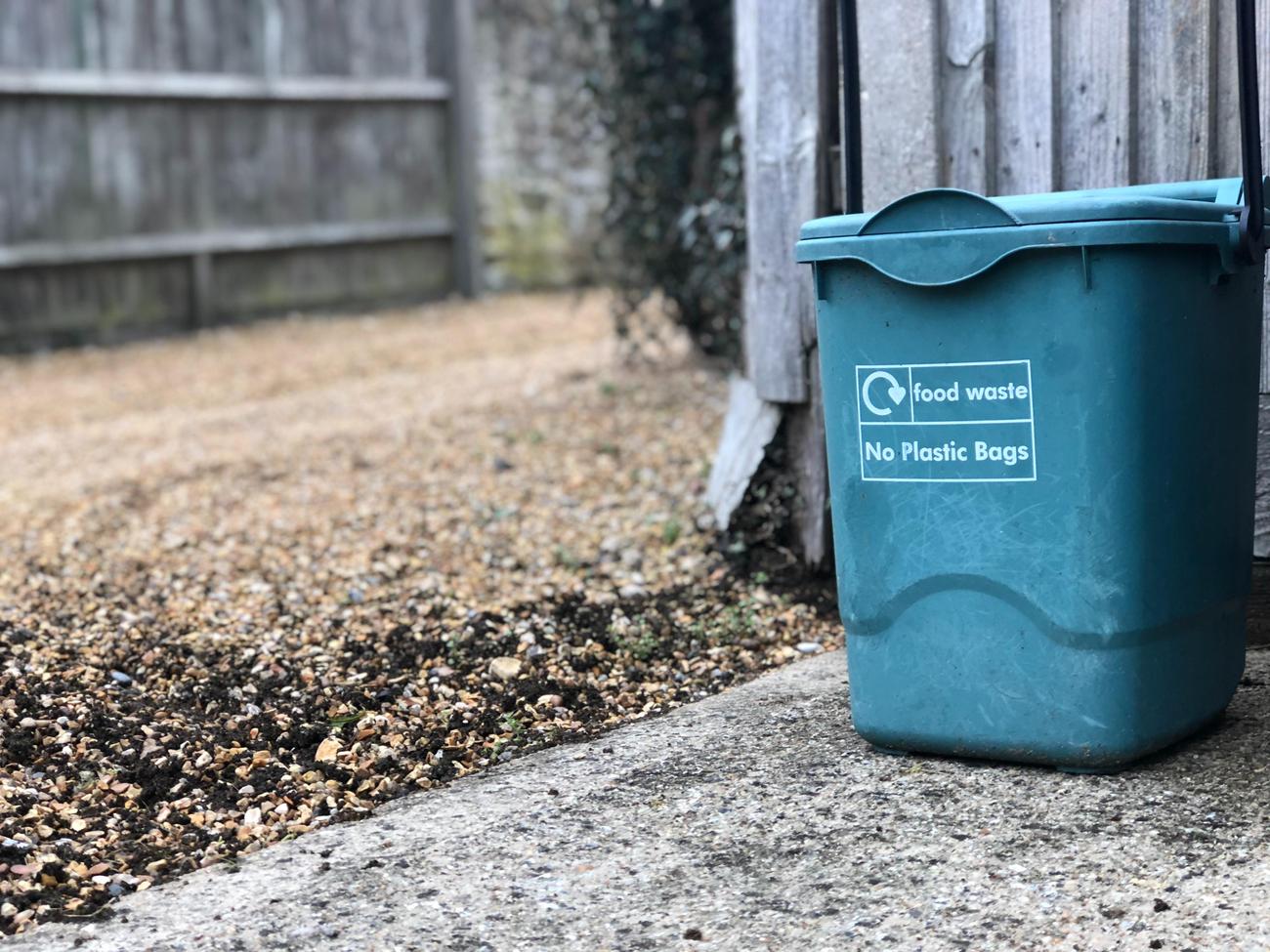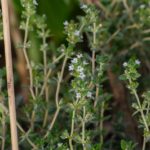The Age of Compost: Unveiling the Intricate Timeline and Stages

Imagine stepping into a lush garden, bursting with vibrant colors and thriving plants. Have you ever wondered how all this natural beauty comes to life? The answer lies in a remarkable process that often goes unnoticed: composting. Compost, often referred to as “black gold,” enriches the soil with vital nutrients, ensuring robust plant growth and offering a sustainable solution to waste management. But have you ever considered how old compost really is? Delve into the fascinating world of compost with us as we unravel the intricate timeline and stages of its formation. From the skilled perspective of an experienced environmental scientist, this article will shed light on the age-old question, “How old is compost?” Prepare to uncover a hidden world beneath our feet, where decomposition, microbial activity, and nutrient levels intertwine, contributing to the sustainability of our planet and the future of farming practices.
How old is compost?
Compost, the result of the natural decomposition of organic materials, plays a vital role in sustaining soil health and promoting eco-friendly farming practices. If you’ve ever wondered how old compost is or how long it takes to reach maturity, you’re about to uncover the secrets behind the intricate timeline and stages of compost formation.
Understanding Compost Age:
Compost age refers to the length of time it takes for organic materials to break down completely and transform into nutrient-rich soil. It’s important to note that compost isn’t a static entity with a definitive expiration date. Instead, it undergoes a continuous evolutionary process, influenced by factors such as temperature, microbial activity, and nutrient levels.
The Beginning of the Composting Journey:
Let’s embark on the journey of compost formation by exploring its earliest stages. Once organic materials, such as food scraps, plant residues, and manure, are combined in a compost pile, microbial organisms spring into action. Bacteria, fungi, protozoa, nematodes, and other microscopic creatures start breaking down the organic matter, kickstarting the decomposition process.
The First Few Weeks: Maturation Begins:
During the first few weeks of composting, microbial activity intensifies. As the pile heats up due to microbial respiration, the temperature climbs to around 120-160°F. This heat is a result of the chemical reactions occurring within the compost pile. The high temperatures help weed out potential pathogens, ensuring the resulting compost is safe for use in gardens and farms.
From Weeks to Months: The Active Phase:
As the composting process progresses, the pile begins to cool down. The initial fervor of microbial activity subsides, and beneficial organisms like earthworms and insects start colonizing the decomposing material. This phase, lasting several weeks to months, is termed the active phase. It is during this time that the bulk of decomposition occurs, breaking down complex organic compounds into simpler forms.
Completing the Circle: Maturity and Harvesting:
After three to six months, depending on the composition and storage conditions, compost reaches a stage of relative maturity. At this point, the pile has cooled significantly, and the decomposition rate slows down. Nutrient content and structure may also change over time, offering a variety of compost qualities suitable for different purposes. It’s important to remember that even older compost can still be used, although its effectiveness and nutrient value may be reduced.
Reviving Old Compost: Breath of New Life:
If you find yourself with neglected or aging compost, fear not! You can revive it with some effort. Adding fresh organic materials and slow-release fertilizers can invigorate and restore the vitality of older compost. Through this simple measure, you’ll breathe new life into your compost, generating fairly good material for use in your garden.
Unlocking the Benefits of Compost:
Compost is a powerhouse of soil fertility, packed with nutrients and teeming with beneficial microorganisms. Its application improves soil structure, water retention, and nutrient availability, promoting healthy plant growth and reducing the need for synthetic fertilizers. By reusing food scraps and recycling organic materials through composting, you contribute to sustainable waste management and stewardship of the environment.
In conclusion, compost age is determined by the timeline and stages of decomposition, with the process typically lasting between three to six months. Although compost doesn’t have a strict expiration date, neglected compost can lose nutrients and fail to break down properly, while older compost may require revitalization. By understanding the age of compost and its journey toward maturity, we unlock the power of sustainable agriculture and harness its benefits for a greener future.
“The journey of compost from organic waste to soil gold unfolds through a symphony of microbial activity and nutrient transformation.”
Composting is not only a great way to reduce waste, but it also holds a treasure trove of fascinating information. If you’re curious about fun facts about compost, you’ll definitely want to check out our comprehensive guide. From surprising benefits to the science behind the decomposition process, this resource will leave you amazed. So why wait? Click here to explore the intriguing world of composting: fun facts about compost.
The Best Ways to Reuse Aging Compost in Your Vegetable Garden
[youtube v=”3G9du1Bhlas”]
Introduction
In the world of gardening, expenses can quickly add up, especially when it comes to projects on a larger scale. For avid gardeners, like myself, who enjoy growing vegetables in containers, one common question often arises: Is it worth the cost? The good news is that reusing compost can significantly reduce expenses. In this article, we will explore how to rejuvenate and reuse old compost, debunk common misconceptions, and provide valuable techniques for getting the most out of your soil.
The Truth About Reusing Compost
Contrary to what some organizations may claim, reusing compost is a practical and economical option for gardeners. While it’s true that spent compost has already provided nutrients to this year’s plants, it can be easily rejuvenated with a few simple steps. However, it’s important to note that if your compost has been affected by disease, like onion white rot, it is best to dispose of it. Otherwise, reusing compost is highly beneficial and can save you money in the long run.
Rejuvenating Spent Compost
To breathe new life into your aging compost, the “dump method” is a simple yet effective technique. Start by dumping the compost into a designated area in your garden. Then, using your hands, break up any compacted roots or debris to increase its oxygenation and improve its texture. This step also presents an opportunity to inspect the compost for pests or diseases, such as vine weevils or slugs, and remove them to protect your future plants. As Tony O’Neal, a gardening expert, suggests, “This is now ready to be rejuvenated.”
Methods for Rejuvenation
There are various methods for revitalizing aging compost, each with its own advantages. One common approach is to mix spent compost with new compost at a 50:50 ratio. This simple blend can often rejuvenate the compost enough to be reused in the next crop. Another technique is to incorporate manures into the compost, which not only adds bulk and improves its texture but also introduces microbial life that revitalizes the medium. Additionally, incorporating topsoil into the compost not only increases its soil life but also doubles the volume available for use in the garden.
Reintroducing Nutrients
When compost reaches the spent phase, it has already lost most of its nutrients. To make it as good as new, it’s essential to reintroduce nutrients by adding a balanced fertilizer. Several organic fertilizers, such as blood, fish, and bone meal, or seaweed pellets, can provide the necessary nutrients for your plants. However, it’s crucial to follow the instructions on the packaging to avoid overfeeding. As Tony O’Neal advises, “It is much better to underfeed than overfeed due to nutrient locking.”
Practical Uses for Rejuvenated Compost
Once your compost has been fully rejuvenated, there are several ways to reuse it in your vegetable garden. You can continue growing crops in containers using this compost, pot on young seedlings, or top dress your garden over the winter. It can also be added to your existing compost heap to enrich the overall mixture. Alternatively, you can store the rejuvenated compost in an old compost bin, ready for future use. Tony O’Neal emphasizes, “Essentially, it’s the exact same stuff you would normally use as compost.”
Ensuring Optimal Use and Storage
While older compost can be used indefinitely, there are a few considerations to keep in mind. If your compost starts showing signs of fatigue or disease, it’s time to discard it. However, for continued use, it’s crucial to inoculate the soil with beneficial soil life. This can be achieved through methods like compost teas, bokashi compost, or worm castings, which introduce a healthy population of microorganisms into the soil. By enriching the soil life, you’ll improve the overall quality and productivity of your garden.
Conclusion
Reusing aging compost is a cost-effective and sustainable solution for gardeners looking to maximize their resources. By following simple rejuvenation techniques, such as breaking up roots and incorporating fresh organic materials, you can breathe new life into your compost and enhance its nutrient value. With proper care, your compost can be used repeatedly in various applications, from container gardening to enriching your garden soil. By reaping the benefits of compost recycling, you not only save money but also contribute to sustainable waste management and environmental stewardship. So, take advantage of this valuable resource and start reusing and rejuvenating your compost today!

FAQ
Question 1
What is compost?
Answer 1
Compost is a mixture of decomposed plant and food waste, recycling organic materials, and manure. It is used to improve soil fertility and contains beneficial organisms like bacteria, protozoa, nematodes, and fungi.
Question 2
How old is compost typically?
Answer 2
Compost typically lasts between 3 to 6 months, depending on its composition and storage. The nutrient content and structure of compost will alter over time.
Question 3
Can compost go bad?
Answer 3
Compost cannot go bad, but it can become too wet, too dry, or too old. Neglected compost can fail to break down, lose nutrients, and become moldy.
Question 4
What happens to old compost?
Answer 4
Old compost can still be used, but its effectiveness and nutrient value will be reduced. Reviving old compost requires effort and can result in fairly good material for use in the garden.
Question 5
How can old compost be revitalized?
Answer 5
Adding fresh organic materials and slow-release fertilizers can revitalize older compost. This helps introduce new nutrients and encourages the composting process to continue.
- Senior at What Age: Benefits & Eligibility Guide - March 29, 2025
- Unlocking Senior Benefits: How Old is a Senior? Your Complete Guide - March 29, 2025
- Master Russian Politeness:A Guide to Saying Please - March 29, 2025
















